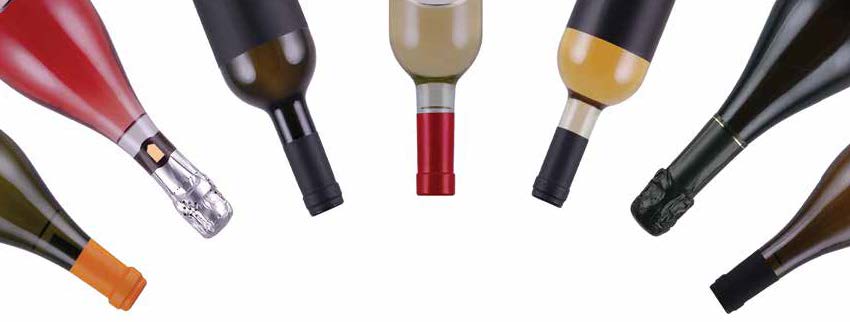Wine Tasting Tips and Tricks for the Rest of Us

Imagine yourself in the tasting room of a gorgeous vineyard and that the fragrant, sweeping hills of grapevines are surrounding you. You are in your own personal heaven. As the sommelier approaches, a knot starts to form in your stomach. She offers you a tasting. A bead of sweat begins to form on your brow. You accept her offer, and she begins to prepare the elaborate arrangement of glasses, jars of coffee beans, buckets, and aerators. She pours the first glass. You watch her twist and twirl the glass this way and that, trying to find the right light. Words such as “tobacco,” “legs,” “ripened stone fruit,” and “tannins” pour from her mouth like Pinot Noir from an aerator. You are intimidated and confused, yet you nod along enthusiastically. “This one is nice” is all you can manage. What could all of this mean?
Luckily, wine tasting is not as complicated as it seems. Sure, there are buzzwords and rituals, like a secret language among self-professed wine snobs, but with a few good tricks up your sleeve, you can be twirling and trilling like the best of them. Above all, wine tasting often comes down to personal preference. If smelling the cork or looking for the legs adds to your personal experience, go for it. If not, take a big sip and just savor the experience.
First of all, there is much to be learned from the sight of the wine. The color, for instance, can determine the varietal of grape used to make the wine. It can also clue you into the age of the wine or how light or full bodied the wine is. As a general rule, the lighter the color, the lighter bodied it is. Wines with a richer, denser color usually feel a lot fuller in your mouth. To look like a true pro, hold the wine at a 45-degree angle over a white paper. If you see a transparent ring around the edge of the wine, it is a younger wine. If the color is dense right up to the edge, it is probably an older wine. The term “legs” is used to describe the little tears, or rivulets, around the edge of the glass that are formed when the wine is swirled. These “legs” can tell you about the alcohol content of the wine. More legs is usually indicative of a higher alcohol content. If they flow slower, it can also mean you have a sweeter wine.
After you have sufficiently observed the color and consistency of the wine, you can move on to the “nose” or “bouquet” of the wine. Before you do any kind of swirling or aerating, take a good whiff. What do you smell? Close your eyes and visualize. Do you smell a grassy hillside, peaches, pineapple, or stone fruits? Or maybe you smell chocolate, coffee, or even tobacco. It definitely helps to know the lingo. If you know what to look for, it will be much easier to pick out certain smells. And as with anything, practice makes perfect. Now, it is time to get swirling. To avoid embarrassing spills, start by keeping the base of the glass on the table. Leave the freestyle air swirling to the pros. Gently swirl the glass around by the stem, making sure to let the wine come up the sides of the glass. This lets the aromas out and expands the flavors. Tilt the glass 45 degrees and stick your nose as far into the glass as anatomy allows. Breathe it in and observe what comes to mind. Take your time and enjoy.
Finally, it is time to taste. Take a nice big sip to discover all the flavors and depth of the wine. No baby sips. Hold the wine in your mouth for 10 seconds. For the first five seconds, slurp in a bit of air with the wine to fully open up the flavors; this is called “trilling.” For the last few seconds, simply enjoy the flavors. See if you can taste any of the aromas you smelled in the wine’s bouquet.
Always remember to cleanse between wines. Give each new wine your fully unsullied palette. Rinse your glass out completely by swirling it with water. Rinse your mouth out as well to get a fresh start. Often times, wine-tasting rooms offer a jar of coffee beans to cleanse your nose and get you ready for your next wine.
By Pax Ansley



